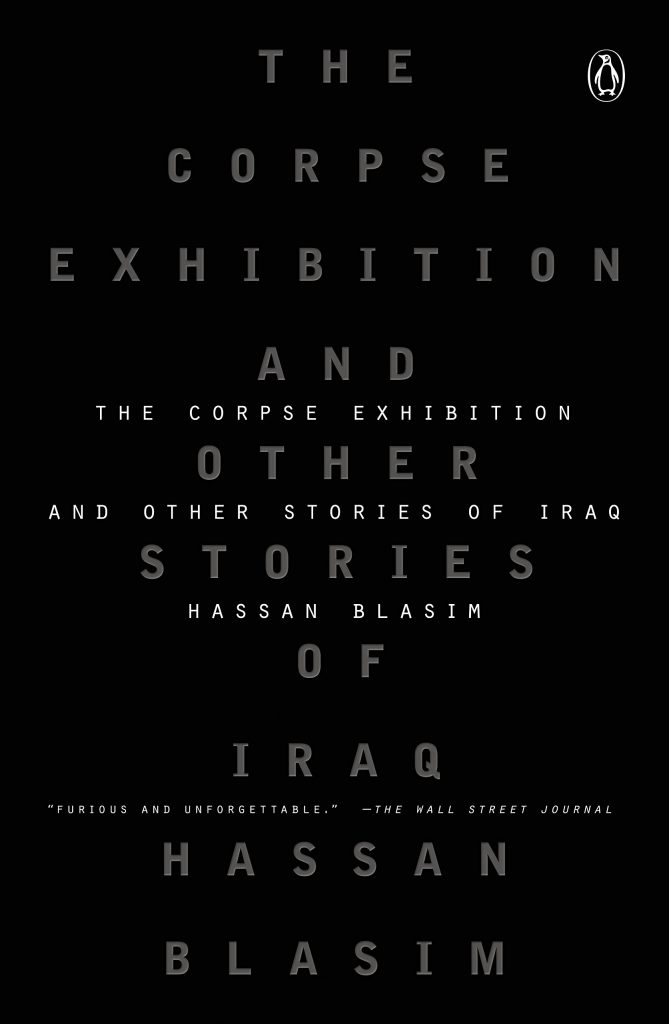
I read The Iraqi Christ by the same author – Hassam Blasim – and translator, Jonathan Wright, some time ago. You can see that review here. Though some of the stories appear in both collections my response to them has changed somewhat. They are still miraculous stories that play with the traditions of expositional storytelling and the magic of the jinn, but their exploration of violence and the workings of fate, predestination, or simply the arbitrary disconcern of the universe, feel more poignant and more painful to me. These are deeply philosophical and political stories that draw particular attention to the plight of those in war, and to refugees, teasing out the complexities of human conflict.
It would feel trite to give summaries of the stories, partly because I’m not sure I would do them justice after just one reading, but partly because you should go and read them for yourselves. I will, however, choose one story to quote from, ‘The Reality and the Record’ in which we listen to the story of a refugee telling his ‘official’ rather than his ‘real’ story to the immigration office. He says he was an ambulance driver in Baghdad who was serially kidnapped and forced, by different groups, to perform in videos, proclaiming a different identity and set of beliefs, which were then posted online to raise the profile and issues of the latest group who had kidnapped him. In his job as an ambulance driver, he had admired his boss whom he called the Professor.
‘Throughout those arduous months I would recall what the Professor had said about his friend, Dawoud the engineer. What did he mean by saying that the world is all interconnected? And where do the power and the will of God stand in such matters? We were drinking tea at the hospital door when the Professor said, “While my friend Dawoud was driving the family car through the streets of Baghdad, an Iraqi poet in London was writing a fiery article in praise of the resistance, with a bottle of whiskey on the table in front of him to help harden his heart. Because the world is all interconnected, through feelings, words, nightmares, and other secret channels, out of the poet’s article jumped three masked men. They stopped the family car and killed Dawoud, his wife, his child, and his father. His mother was waiting for them at home. Dawoud’s mother doesn’t know the Iraqi poet nor the masked men. She knows how to cook the fish that was awaiting them. The Iraqi poet fell asleep on the sofa in London in a drunken stupor, while Dawoud’s mother’s fish went cold and the sun set in Baghdad.”’ (p 162)
This extract shows how well Blasim provokes the reader into exploring the connections between places across our globe to show how this can create both violence and hope. It’s hard to come away from these stories without thinking about the moral implications of individual actions and the important role physical safety has in protecting the mind.
At the end of this story, the ‘real’ story is summarised in four words when the man simply says, ‘I want to sleep’.
Witty and surprising as well as politically sharp, these stories are worthy of serious attention. Read them, you won’t be disappointed. I’ll be reviewing Beautiful World, Where Are You by Sally Rooney next.